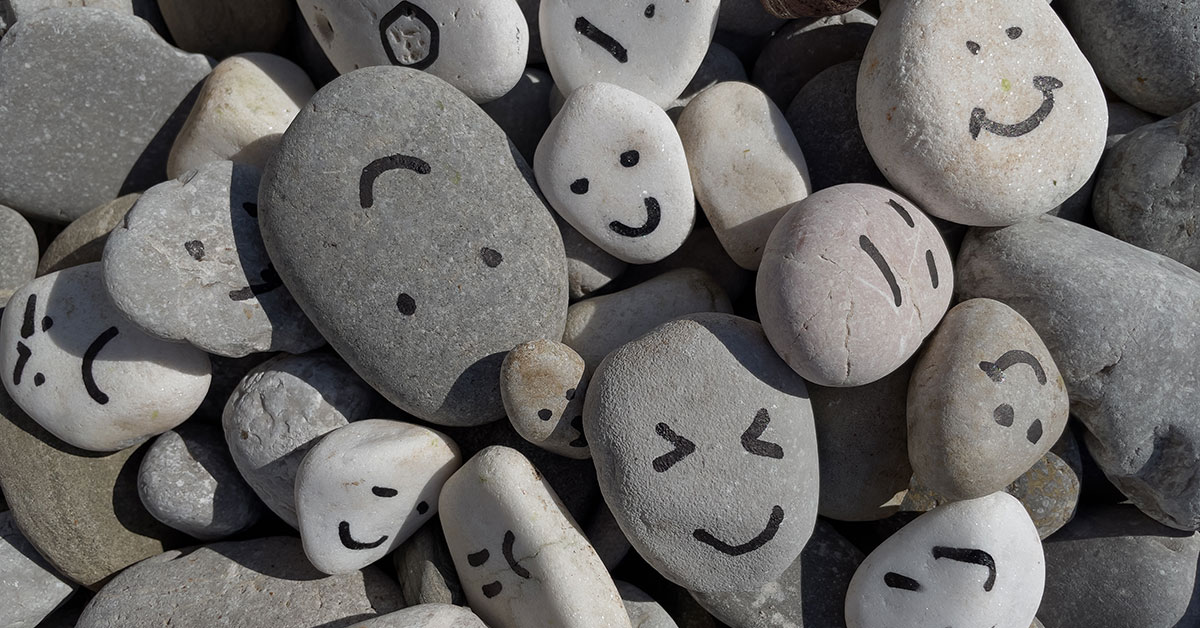The other day, my computer mouse ran out of power. It happened right while I was in the middle of writing a paper, and to my consternation, I discovered that I was also out of batteries. Now, on a scale of modern-day tragedies, this ranks somewhere below a paper cut and just above misplacing your sunglasses. Nevertheless, I was annoyed, and spent the next few hours in a bit of a sulk.
It wasn’t until later in the evening that I realized how foolish my behavior was. These past two years have been incredibly difficult on our world. I am one of the fortunate few who has managed to get by relatively unscathed. In fact, as I began to count my blessings, I found there was much I should be thankful for. Gratitude may seem like a small thing, but more often than not, it can shape your entire perspective.
Fostering Classroom Gratitude
Cultivating an attitude of gratitude plays a crucial role in the development of our student’s social-emotional learning. A key part of maturity is fostering self-management and social awareness. Studies have shown that people who purposely express gratitude are better at building empathy and see a reduction in negative behaviors. All these things can go a long way in helping our students grow into better learners. More importantly, it can also make them better people. So, how do we teach our students to practice gratitude in daily life?
Here are a few strategies to help you get started:
- Gratitude Journal: Writing is an academic skill, but it can also be used to get students thinking about who and what they should be thankful for. Give students a gratitude journal and have them spend a few minutes every day writing down what make them grateful. At the end of the month, take some time and have students read everything they have written down from the beginning. This moment of reflection can help put a lot of things into perspective.
- Gratitude Chain: This fun activity is a great addition to any Thanksgiving lesson. Give each student a strip of paper and have them write down something they are thankful for. Next, curl the paper into rings and connect them using staples or tape until they form one long chain of gratitude. You can hang the chain in your classroom as a reminder of all the things your students are grateful for. Additionally, you can remove one link each day and share what was written down.
- History of Gratitude: What is something your students are grateful for, and who do we have to thank for that? If they mention modern medicine, take a moment to highlight doctors like John Snow or Charles Drew who made advancements in medical understanding. If it’s something like their smartphone, explore the lives of individuals like Alexander Graham Bell or Ada Lovelace who helped make these machines a reality!
- Gratitude Meditation: Sometimes all a student needs is a moment to breathe. Help them find balance and cultivate thankfulness by giving them opportunities to meditate in class. It’s simpler than you might think. Put on some ambient music, lead them in a deep breathing exercise, then have them reflect about the things and people they are grateful for. Five-to-ten minutes of this can work wonders for student mindfulness.
A Happy Thanksgiving
As we enter the month of November, don’t miss the opportunity to instill a gratitude mindset within your classroom. When we teach our students how to recognize and appreciate the good things in life, we strengthen both their resolve as well as their sense of empathy. It may seem like a small thing, but a little gratitude can make a huge difference!
Looking for more resources to take the burden off your classroom this year? Be sure to check out our free strategies and lessons at Blueappleteacher.com!

